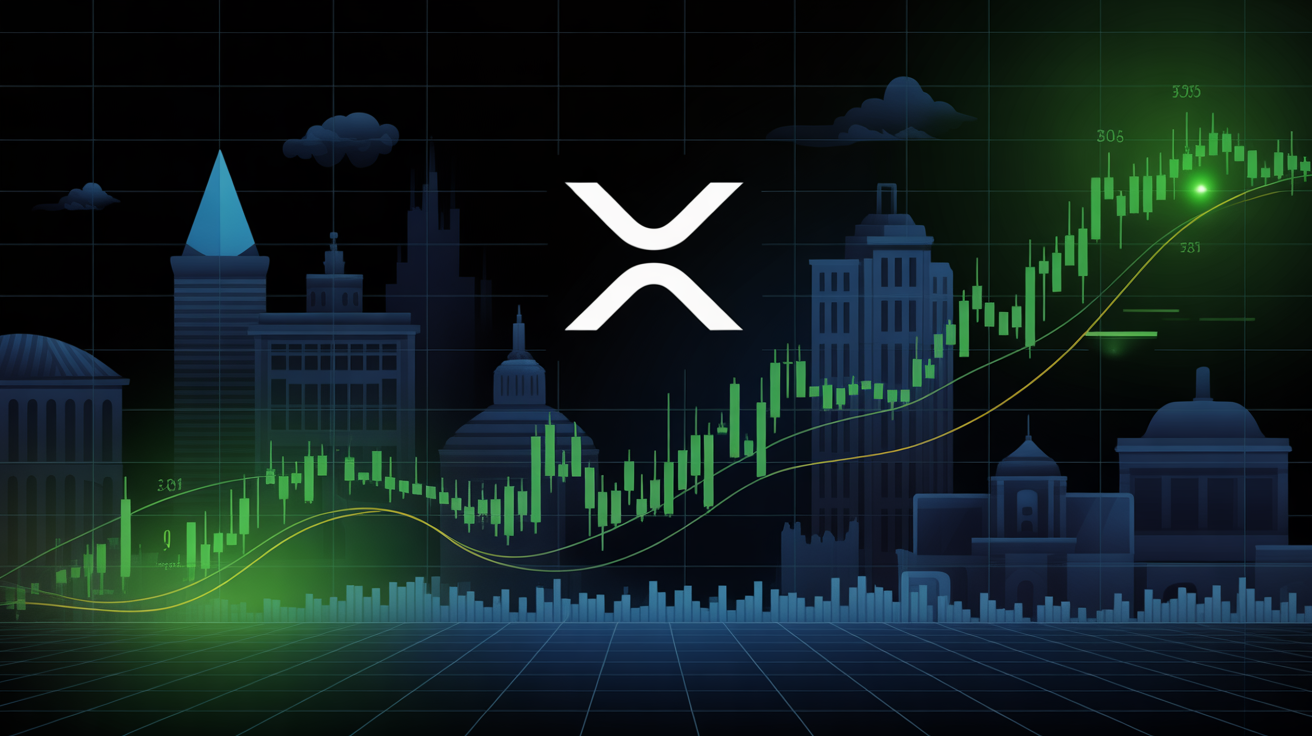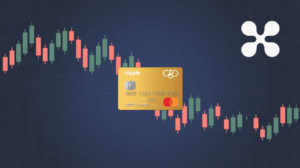Replacing Bonds With Bitcoin in a 60/40 Portfolio? Van Straten Claims It’s a Game Changer.
Rethinking the 60/40 Portfolio: Can Bitcoin Outperform Bonds in Today’s Economy?
The traditional 60/40 portfolio, once the hallmark of risk-balanced investing, may no longer be suitable in today’s inflationary environment. Initially developed by Harry Markowitz in the 1950s as part of his Modern Portfolio Theory, the 60/40 split between equities and bonds was designed to balance growth and stability. But with persistent inflation, rising interest rates, and a volatile economic climate, investors may need to reconsider this classic approach.
The Changing Role of Bonds in the 60/40 Model
Historically, bonds were the stabilizing force in the 60/40 portfolio, protecting against losses during market downturns. However, the landscape has shifted dramatically in recent years. The U.S. Consumer Price Index (CPI) has been above the Federal Reserve’s target of 2% inflation since February 2021, and as of November 2024, CPI inflation stands at 2.6%.
The rising interest rates have also put downward pressure on bond prices, with some long-term government bond ETFs suffering significant losses. For instance, the BlackRock iShares 20+ Year Treasury Bond ETF (TLT) has seen a 54% drawdown from its peak in 2020 to its lowest point in 2023. As interest rates rise, bonds have become less effective at hedging risk, diminishing their role in a portfolio designed for both growth and protection.
Bitcoin: The Potential Game-Changer
As bonds lose their appeal, Bitcoin (BTC) has emerged as a potential alternative asset for enhancing portfolio returns. Data from Curvo, a financial analytics platform, reveals how including Bitcoin in a traditional 60/40 portfolio could dramatically improve results.
Since 2014, a typical 60/40 portfolio, with 60% invested in equities (using the iShares Core MSCI World UCITS ETF) and 40% in bonds (via the Xtrackers Global Sovereign UCITS ETF), would have doubled in value over a 10-year period. An initial investment of €10,000 ($10,500) would have grown to just over €20,000 ($21,000). While this represents solid growth, the addition of Bitcoin changes the equation entirely.
How Bitcoin Boosts Portfolio Returns
Curvo’s analysis tested various Bitcoin allocation percentages (1%, 2%, 3%, 5%, and 10%) to assess the impact on portfolio performance. Even a modest 1% Bitcoin allocation leads to a slight reduction in equities and bonds, but higher Bitcoin allocations show significant returns. A 10% Bitcoin allocation could boost a portfolio’s value to over €70,000 ($73,000), more than tripling the returns of a traditional portfolio.
For those willing to go even further, a portfolio composed of 60% equities and 40% Bitcoin—replacing traditional bonds entirely—yields an extraordinary €500,000 ($526,000), representing a 50x return on the initial investment.
Why Bitcoin Makes Sense in a Modern Portfolio
Bitcoin’s unique characteristics give it an edge over traditional assets like bonds. With its decentralized nature, Bitcoin has no central point of failure, reducing risks associated with traditional investments. As a digital asset, Bitcoin has outperformed gold, providing investors with a reliable hedge against inflation and currency debasement.
In the current economic climate, Bitcoin’s risk-off qualities, combined with its impressive historical performance, make it an attractive alternative to bonds in a diversified portfolio. While equities and traditional assets remain part of the portfolio mix, Bitcoin provides added diversification and protection against the economic pressures of inflation.
Adapting to New Economic Realities
As the financial world grapples with higher inflation, rising interest rates, and uncertainty about traditional investments, the 60/40 portfolio may need to evolve. Bitcoin offers a promising option for investors looking to achieve higher returns while diversifying away from bonds. The data suggests that adding even a modest allocation of Bitcoin can significantly improve long-term performance, helping investors adapt to the challenges of the new economic era.
Share this content:













